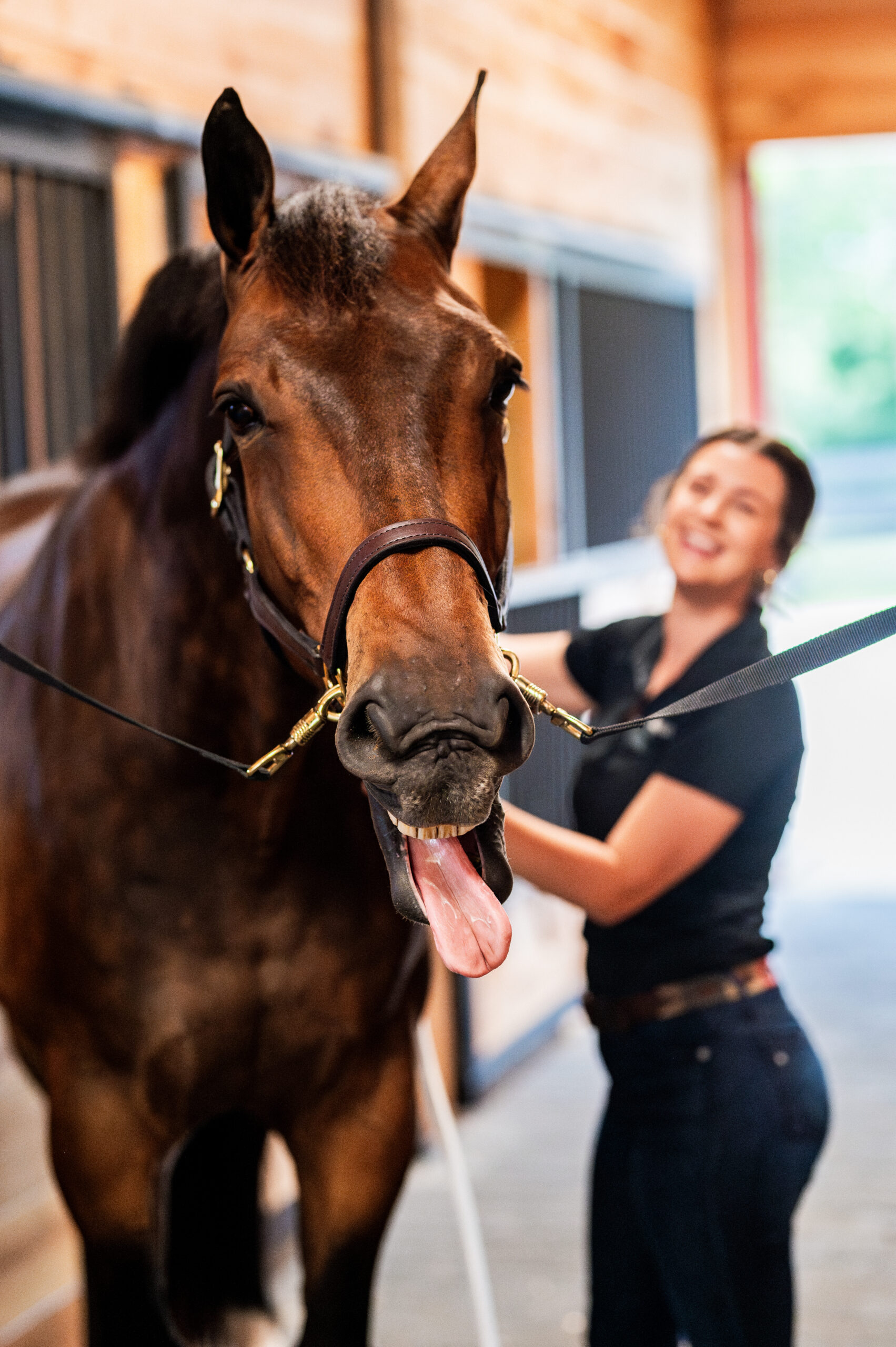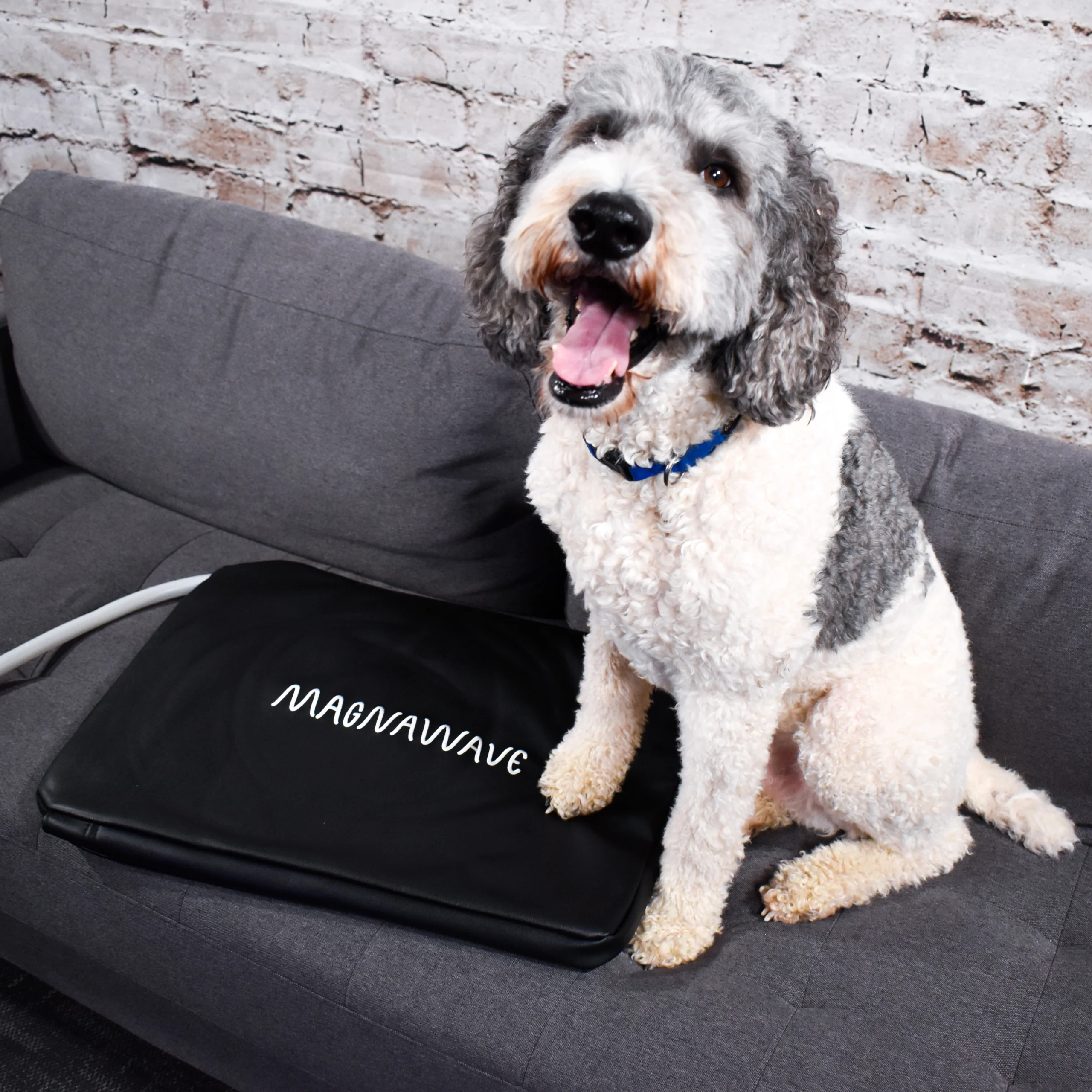Why Do Animals Yawn, Lick, and Chew During MagnaWave PEMF Sessions?

If you’ve ever used MagnaWave PEMF (Pulsed Electromagnetic Field) on an animal, you’ve likely noticed a fascinating response—yawning, licking, chewing, or even full-body relaxation. These signs are not just random behaviors; they indicate a positive physiological release and a sign that MagnaWave is working effectively. But why do animals respond this way? Let’s explore the science behind these natural reactions.
The Science Behind PEMF Releases in Animals
PEMF therapy works by delivering gentle electromagnetic pulses to the body, stimulating cellular activity and improving circulation. This process enhances oxygenation, reduces inflammation, and promotes muscle relaxation, which can trigger visible signs of release in animals.
When an animal experiences discomfort, stress, or tension, their nervous system holds onto that stress, often manifesting in tight muscles, poor circulation, and an overall feeling of unease. MagnaWave’s PEMF signals encourage the body to shift from a sympathetic (fight-or-flight) state to a parasympathetic (rest-and-digest) state. As relaxation sets in, the animal may begin exhibiting physical cues of relief, such as:
1. Yawning
Yawning is a common sign of relaxation and increased oxygen flow. During a MagnaWave session, as blood circulation improves and tension releases, animals often yawn as a way to adjust to the shift in their nervous system. This is especially common in horses, dogs, and livestock.
2. Licking and Chewing
In many animals, particularly horses, licking and chewing signal a neurological response that indicates relaxation and engagement of the parasympathetic nervous system. It’s similar to how humans take deep breaths when they start to relax. The increased blood flow and muscle relaxation triggered by MagnaWave encourage this natural response.
3. Lowered Head and Droopy Eyes
A lowered head and half-closed or droopy eyes are additional indicators of deep relaxation. As the body receives PEMF stimulation, tension dissipates, and the animal enters a more comfortable and restful state. This is a sign that the therapy is effectively working to relieve stress and discomfort.
4. Full-Body Relaxation or Sighing
Some animals may release tension through a deep sigh or even a complete body shift where they visibly relax their posture. This reaction is similar to a person stretching or exhaling deeply after a massage—it’s a clear indication of relief and improved well-being.
Why These Reactions Matter
These physical responses are signs that PEMF therapy is facilitating healing, improving circulation, and reducing stress. Whether you’re using MagnaWave for pain relief, recovery, or overall wellness, seeing these releases confirms that the session is benefiting the animal in a meaningful way.
Animals are incredibly intuitive about their bodies, and they naturally respond to what makes them feel better. MagnaWave PEMF helps animals achieve optimal wellness by encouraging their bodies to release tension, promote healing, and restore balance—one yawn, lick, and chew at a time.
Are you ready to experience these benefits for your animal? Learn more about MagnaWave PEMF and how it can enhance your animal’s well-being today!



